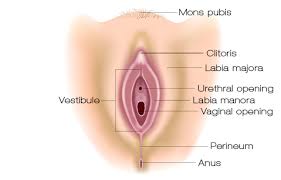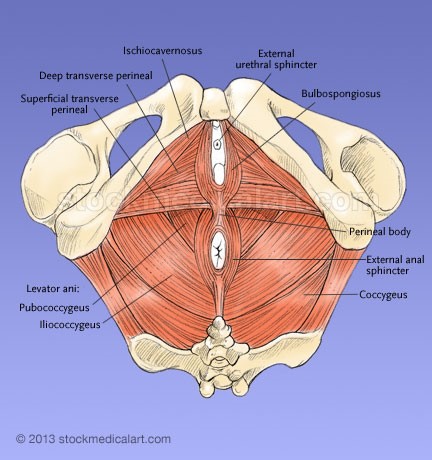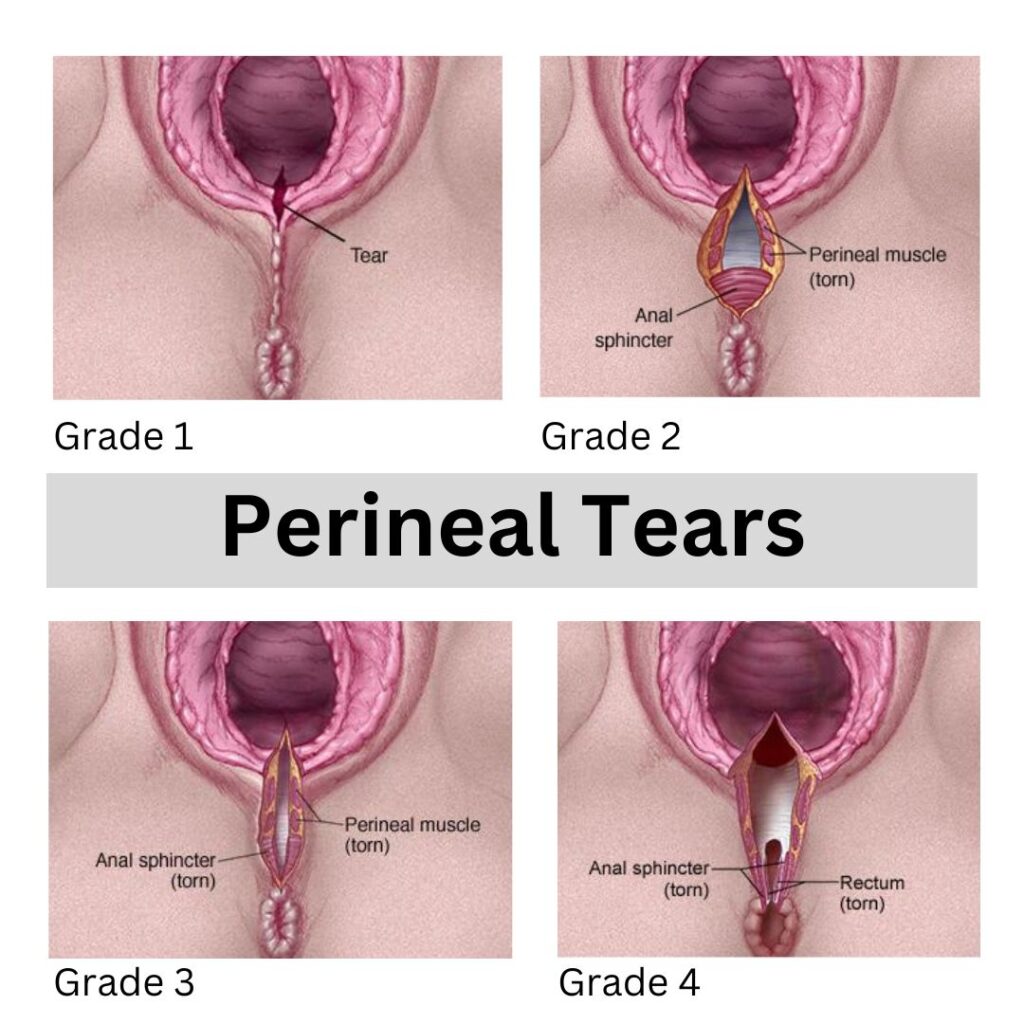Increased intra-abdominal pressure is a large contributor to pelvic organ prolapse and to worsening symptoms. …

Perineal Tearing with vaginal delivery
Many women who have a vaginal delivery will have some level of perineal tearing that can affect how the new mom can rehab after the baby. Perineal tears occur in about 85% of vaginal deliveries but many women don’t receive information on how to rehab from this injury, let alone recovering after pregnancy and delivery. We put a big ask on our bodies making and delivering a new human. Rehab afterward makes sense. What other muscle do we tear and not rehab? Besides the pelvic floor – levator ani group (which we will hold for another blog) there are no muscles that do not receive rehabilitation after muscle tear injuries.
Let’s start with what a perineal tear is. The perineum is the area between the vagina and rectum that is made up of muscles that help control our bowel and bladder to be able to go to the bathroom and stop stool and urine when it’s not the right time to go to the bathroom. These muscles are the most superficial muscles of the pelvic floor. As a group, these muscles help to support our hips, pelvis, low back and pelvic organs.


During a vaginal delivery, these muscles stretch and tear as the baby comes through the birth canal. The amount of tearing determines the grading of the tear.
- First degree tears involve tearing of the perineal skin and the vaginal tissue but no muscles. Sometimes these tears do not require any stitches and can heal on their own with a little scar massage.
- Second degree tears will have injury to the perineal muscles but do not have any anal involvement. These women will most likely need stitches after delivery. They will also benefit from pelvic floor physical therapy to improve scar tissue mobility for decreased pain and pelvic floor strength and coordination after the tear.
- Third degree tears involve the perineal muscles and the muscles of the anal canal. These women will need stitches after delivery. They will also benefit from pelvic floor physical therapy. Some women will experience pain from the scar with sex or with bowel movements. Others will experience urinary or bowel leaking.
- Fourth degree tears involve the perineal muscles, the anal canal, and the rectum. These women will most likely have surgery to repair the muscles. These women often have decreased bowel control, urinary leaking, and pelvic pain. They should absolutely have pelvic floor physical therapy as part of their rehab team.

Perineal tears are very common with vaginal deliveries. Adding pelvic floor PT to your healthcare team will help improve recovery after the baby. It is important to know how much is too much and how you can safely and gradually return to the activities and exercise you enjoy. Quite often women are cleared by their doctor at 6 weeks because the tear is healed. Well, it is healed, but scar tissue is not muscle tissue. The new tissue is weak, and does not function as well.
Learning how to perform proper scar massage, and how to recruit the pelvic floor and core musculature properly is key to recovery after delivery. Injuries like this cause the system to “shut down” and you have to learn to get these muscles back online to provide the right amount of stability for your spine and pelvis. This provides you with a stable body to move and exercise with. it prevents injuries, prolapse, incontinence and pain. A pelvic floor physical therapist should absolutely be part of your post partum recovery process.
We offer a free, 15 minute phone consultation to answer any questions you may have to feel confident that Foundational Concepts, Specialty Physical Therapy is the right place for you.




